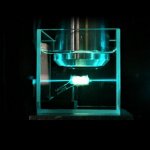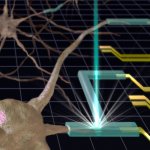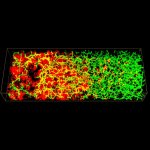
News • AI in radiology
Deep learning helps visualize X-ray data in 3D
A team of scientists at Argonne National Laboratory has leveraged artificial intelligence to train computers to keep up with the massive amounts of X-ray data taken at the Advanced Photon Source.


























